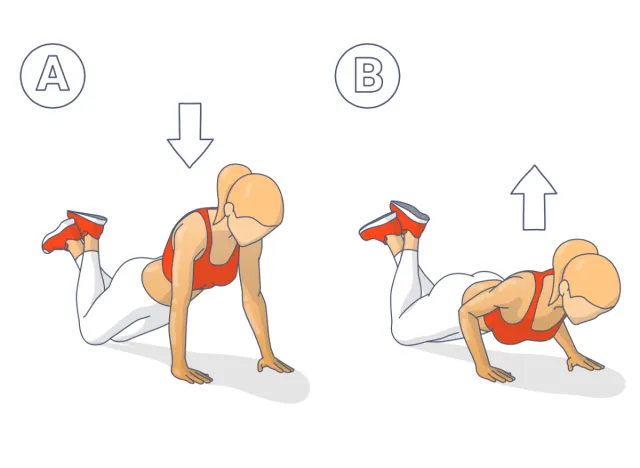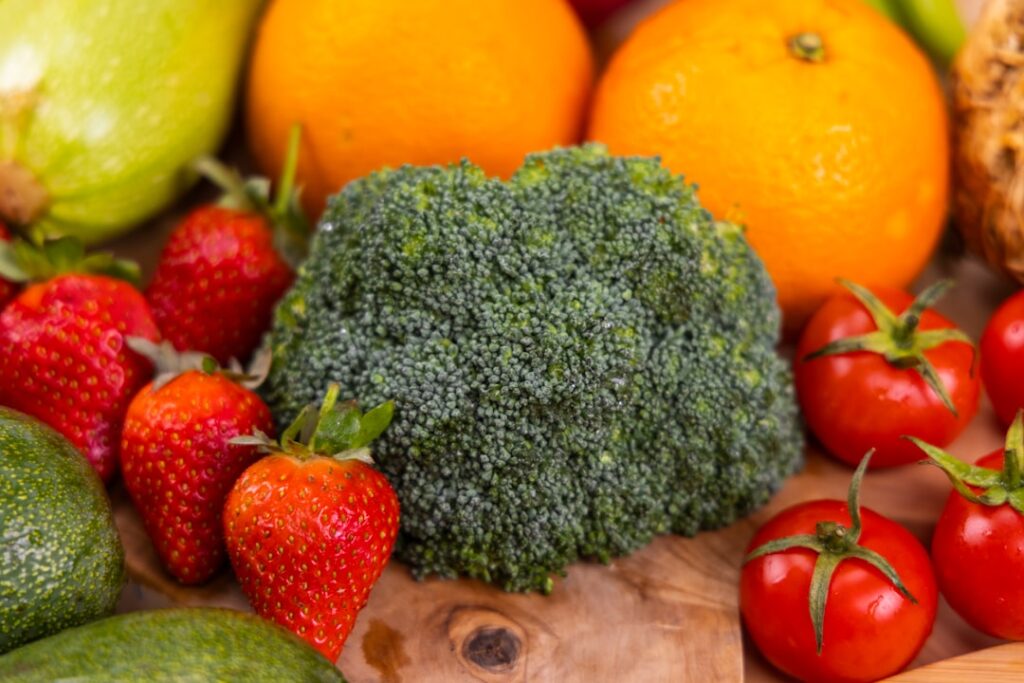Getting Started with Healthy Eating
Embarking on a journey towards healthier eating habits can feel overwhelming, but it doesn’t have to be. This beginner’s guide provides a simple, step-by-step approach to improving your nutrition. Small, sustainable changes are key to long-term success. Remember, consistency is more important than perfection.
Understanding the Basics of Nutrition
The foundation of healthy eating lies in understanding the basic food groups. A balanced diet includes a variety of fruits, vegetables, whole grains, lean proteins, and healthy fats. These provide the essential vitamins, minerals, and energy your body needs to function optimally. Think of it as fueling your body like a high-performance machine!
Building Balanced Meals
Creating balanced meals is easier than you think. Aim for a plate that’s half filled with fruits and vegetables, a quarter with lean protein (chicken, fish, beans, lentils), and a quarter with whole grains (brown rice, quinoa, oats). This simple formula ensures you’re getting a good mix of nutrients in each meal.
Incorporating More Fruits and Vegetables
Fruits and vegetables are packed with vitamins, minerals, and fiber. Aim to include them in every meal and snack. Variety is key! Experiment with different colors and textures to keep things interesting. A simple way to increase your intake is adding extra vegetables to your omelets or stir-fries.
- Add spinach to your smoothies.
- Snack on fruits instead of processed snacks.
- Roast vegetables as a tasty side dish.
Choosing Healthy Proteins and Fats
Lean protein sources are crucial for building and repairing tissues. Good sources include chicken breast, fish, beans, lentils, and tofu. Healthy fats, like those found in avocados, nuts, and olive oil, are also essential for overall health. They support brain function and help your body absorb certain nutrients.
Controlling Portion Sizes
Portion control is a significant aspect of healthy eating habits. Be mindful of how much you’re eating. Using smaller plates and bowls can help visually reduce portion sizes. Listen to your body’s hunger and fullness cues, and don’t be afraid to leave some food on your plate if you’re full.
Hydration is Key
Don’t underestimate the importance of hydration! Water is essential for numerous bodily functions. Aim to drink plenty of water throughout the day. Carry a water bottle to remind yourself to drink regularly. You can also incorporate hydrating foods like watermelon and cucumbers into your diet.
Making Gradual Changes
Remember, adopting healthy eating habits is a process, not a race. Start by making small, gradual changes that you can easily incorporate into your lifestyle. Don’t try to overhaul your diet overnight. This will make it easier to stick to your new habits in the long run. Small wins lead to big changes!
Seeking Professional Guidance
If you have any specific dietary needs or concerns, or are unsure where to start, consider consulting a registered dietitian or nutritionist. They can provide personalized guidance and support to help you create a healthy eating plan that meets your individual needs. They’re a great resource for developing sustainable healthy eating habits.
Conclusion
Adopting healthy eating habits is a journey of self-improvement that leads to better overall health and well-being. By focusing on small, sustainable changes and prioritizing nutrient-rich foods, you can pave the way for a healthier, happier you. Remember, consistency is key!




